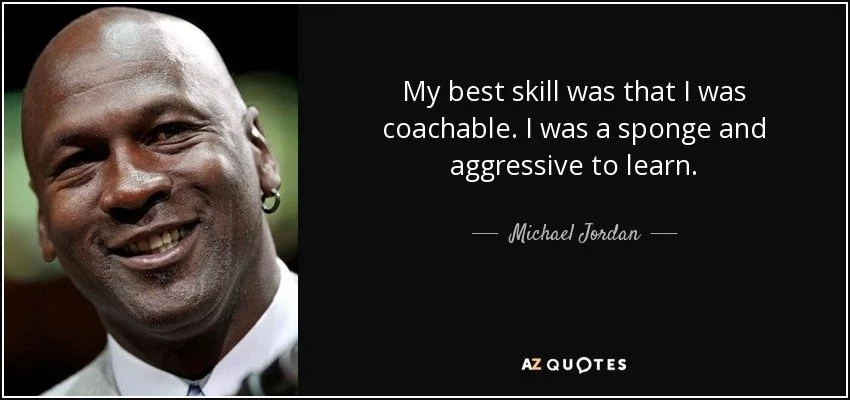In 2018 I wrote a post entitled—The First Rule of Agile Coaching – Be Coachable!
It’s one of the most popular and re-posted of my blog posts. And its core theme is the notion of a coach—
Consistently walking their talk
Having and growing their self-awareness
Having a continuous growth mindset
And ultimately, being coachable
But one of the things I struggle with is that, beyond the “be coachable” diatribes, I don’t have tangible tools to offer. Yes, I firmly know what it looks like to me, but it’s hard to share that (or explain or expect) that of others.
And then I stumbled upon a wonderful book…
The Book
I saw this post by Pete Berridge sharing his thoughts on Kevin Wilde’s book entitled—Coach-ability – The Leadership Superpower.
I’m paraphrasing the Marshall Goldsmith quote from the front cover—
“Poignant! One of the most important skills an (agile coach) can have is coachability—yet it’s so often overlooked. Learn to be the best (agile coach) possible with the tools from Coachability!”
While the target audience for the book is organizational leaders, I want to encourage every agile coach reading this to consider reading the book and applying the techniques within to increase your coach-ability—turning it into one of your superpowers.
One of the keys from the books is a 4-area framework for being more coachable with a centerpiece that ties them all together. Let me give you a very brief sense of it.
Value – The Centerpiece
Here you value self-improvement through continuous learning and growth. Not as a goal, but as an inherent part of who you are as a coach—it’s in your DNA.
Seek
Your coachability begins with actively seeking out feedback. And simply asking someone to—“Give me feedback” doesn’t count here. Asking to coach and be coached and asking to mentor and to be mentored and seeking advice whenever possible.
Respond
Staying focused and composed when receiving feedback. Expressing and staying in curiosity and challenging the feedback. Remaining open to it and grateful for it.
Reflect
This is all about reflecting on the total of feedback you receive, aggregating it, and then integrating it into your learning journey.
Act
Seek, Respond, and Reflect set you up nicely to act on the feedback. It starts with setting goals and then measuring your progress toward those goals. There’s also a stickiness or resilience side where you keep on going.
Journaling
I’ve said this many times before, but why stop now? Journaling is a great way to capture and track your coachability progress and growth. And many of the tools in the book lend themselves perfectly to your journal. Here’s an article on how to begin journaling.
Wrapping Up
Perhaps it’s due to changes in universal dynamics, gravity, or the times we’re living in, but I’ve been running into a lot of agile coaches lately who are; how can I say this…
Full of themselves, lacking self-awareness, and under-skilled.
And that’s fine as long as they are coachable. But often, they’re not. What’s even worse is that they think they’re coachable.
So, I hope every agile coach reading this reflects on their coachability and considers whether they need to work more on it.
I know I do.
Stay agile my friends,
Bob.

